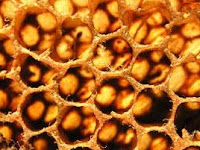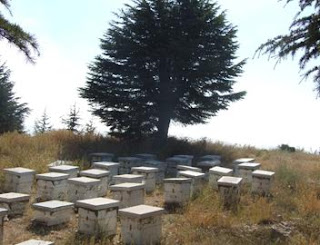 Beekeeping is a profession that goes a long way back in history. By definition, beekeeping is the "management and maintenance of colonies of honeybees" (Morse, 2009).The hive products are useful in many ways. Honey is used as a sweetener, in preparing beverages by fermentation, and in medicine. Moreover, particular cultures use honey in conducting their religious rituals. Even beeswax appeared to be an efficient waterproof material. Beeswax in ancient civilizations was also an alternative for plastic. Furthermore, the honeybee brood (larvae and pupae of bees in the hive) were considered as food for some Asian and African groups.
Beekeeping is a profession that goes a long way back in history. By definition, beekeeping is the "management and maintenance of colonies of honeybees" (Morse, 2009).The hive products are useful in many ways. Honey is used as a sweetener, in preparing beverages by fermentation, and in medicine. Moreover, particular cultures use honey in conducting their religious rituals. Even beeswax appeared to be an efficient waterproof material. Beeswax in ancient civilizations was also an alternative for plastic. Furthermore, the honeybee brood (larvae and pupae of bees in the hive) were considered as food for some Asian and African groups.Wilson, T. V. How Bees Work. (n.d.) HowStuffworks, retrieved Friday July 10th 2009 from http://www.howstuffworks.com/
Morse, R.A. Beekeeping (2009). AccessScience Encyclopedia. Retrieved Friday July 10th 2009 from www.accessscience.com
Image:
[Beekeeping]. (n.d.). Village Earth. Retrieved Saturday July 11th 2009 from http://www.villageearth.org/



